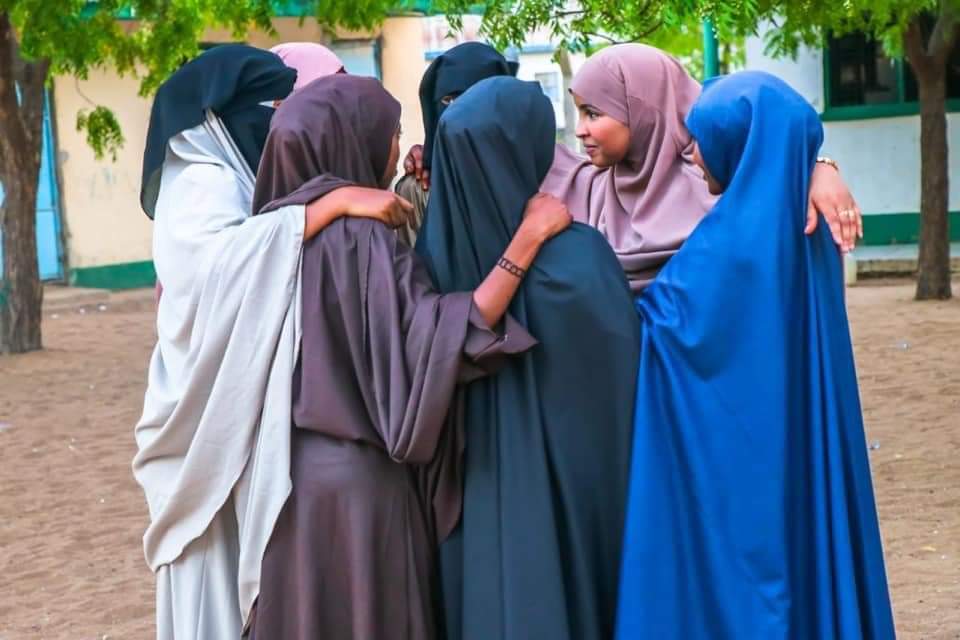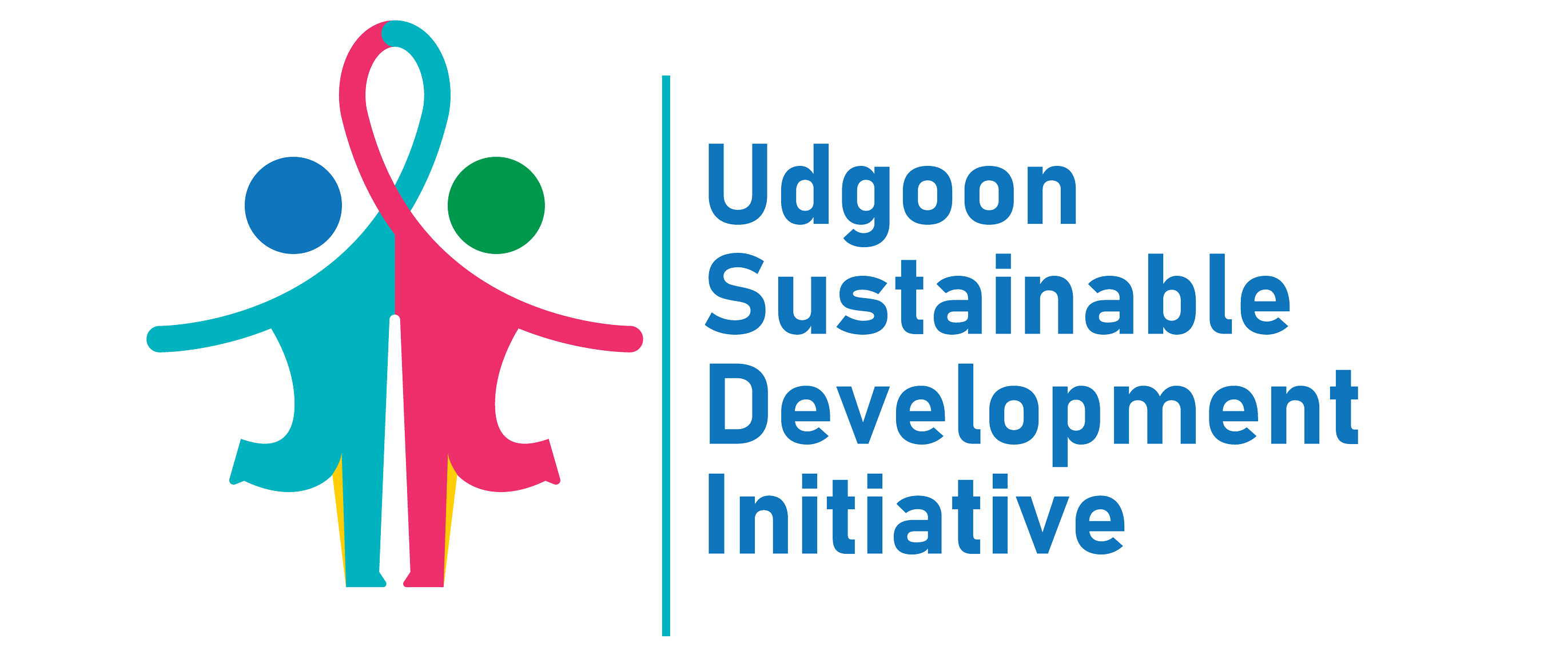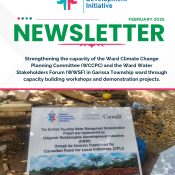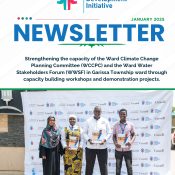
The unsung heroes: Children and youth in Disaster Risk Reduction
By: Juliet Oluoch, Head of Research USDI
A study done by the University of Leeds reveals that between 2011 and 2020, there were 12000 to
19000 heat-related child deaths annually in Africa, climate change accounting for approximately half
of the deaths. Furthermore, the number of people affected by drought in Ethiopia, Kenya, and
Somalia without reliable access to safe water, has risen from 9.5 million to 16.2 million within just
five months. Additionally, children in the Sahel continue to face extremely high levels of water
vulnerability. According to another study, published on July 4, 2022, in Environmental Research
Letters, maintaining temperature rise at 1.5 degrees Celsius until 2050, as intended by the Paris
Agreement on climate change, might avert almost 6,000 heat-related infant fatalities in Africa.
While issues related to gender in disasters have received increased attention in the past few years
(Fothergill 1996; Enarson and Morrow 1998; Fordham 1998; Fordham 2004), the present study
assumes children are spectators with little involvement in communicating risks, taking part in
climate risk modeling processes, or averting disasters (Anderson 2005; Ansell 2005; Kirschke and van
Vilet 2005). Some practitioners have implemented and explored in research of the advantages of
educating children regarding their natural hazards and risks for preparedness; however, only a
few have assessed the importance of this method for the community and family (Ronan and
Johnston 2005). Outside of the development sector, the potential of children and teens to act to
lessen their risks has been virtually overlooked (Anderson 2005). Excluding children from disaster
risk planning and modeling jeopardizes their safety in the event of a disaster and misses a vital
resource for risk advocacy, awareness, and practical risk reduction initiatives (Anderson 2005).
The Sendai Framework for Disaster Risk Reduction 2015- 2030 categorically recognizes children and
youth as agents of change. It emphasizes the necessity of providing them with the space and
modalities to contribute to disaster risk reduction per legislation, national practice, and educational
curricula.
This blog highlights the challenges and opportunities presented in engaging children and youth in
disaster risks communication and children climate disaster risk model (CCRDM) processes drawing
insights from the CCDRM Kenya stakeholder consultation workshop co-hosted by the Climate
Change Directorate in Kenya and the UNICEF Kenya team.
Challenges:
There is a fundamental mismatch between disaster risk discussions with adults and youngsters.
Policymakers’ prevalent notions have often framed children’s roles as passive participants and
recipients across many potential policy areas. Children’s voices are constrained, mainly working in
the context of emergency services, due to the perception of children being a vulnerable part of
society. As a result, their job is to accept instructions and provide value to the efforts of externally
created activities under local government systems.
Limited participation of children and youth in policy processes.
For years, children and youth voices have been missing in decision-making tables which could be due
to a lack of awareness of youth and children groups despite their willingness and enthusiasm to be
involved. While the children’s organization/movement is active in the community, there has been
limited participation outside of community bounds in policy settings. Such participation is essential if
children are to influence the policies and processes that shape the development required for modeling disaster risks rather than measures focused solely on hazard prevention, disaster
mitigation, and preparedness.
Historically, risk communication has had a connection with Top-Down information flows.
Despite the tremendous contributions made by youth groups in the climate action space, many o are
still unable to contribute effectively to the disaster risk discourses due to the heavy scientific jargon
around the subjects of disaster risks. Often, the scientific institutions are at the top with the public at
the bottom, where the scientists(experts) are thought to have expertise and hence should control
risk management systems. Risks are typically quantified in order to clarify the complexities of
effect and cause. This narrow focus has impeded a more comprehensive investigation that would
acknowledge and support children and youth’s capacities and risk protection priorities.
Opportunities
Children have a clean and uncluttered perspective on hazards.They detect environmental risks and
social and economic threats, and they can comprehend both the logical, linear relationships
between effects and causes as well as the more nuanced interactions between risk and vulnerability.
In addition, children are more willing and capable to absorb new information regarding disaster
risks. They can consequently be great ambassadors when disseminating this information on the
ground. Their innovative and creative ideas can significantly add value to tables where risk modeling,
planning, and communications are discussed.
Power to persuade communities and governments to act. According to recent studies, youth activism has been successful in linking nation-specific youth concerns to government-level development strategies, such as the proactive inclusion of youthful issues in the World Bank-initiated Poverty Reduction Strategy Papers (PRSPs) and the inclusion of youth perspectives in the CCDRM Kenyan Model. These tiny but substantial efforts imply that organizations and agencies other than those focusing solely on youth and children are starting to realize that youth have the potential to effect change in their personal lives. Additionally, youth movements have demonstrated, time and time again, their immense ability to bring together stakeholders at the local level, especially the marginalized and most vulnerable, in climate action
and disaster risks dialogues tapping into their first-hand knowledge.
Tapping into the existing well-coordinated youth networks and movements.
When thinking about disaster risk communication and modeling, it is imperative to direct these new
concepts into the youth and children networks making good use of their networking abilities to
improve the effectiveness and efficiency of the communication.
Conclusion
Children are an essential element of the community, and they can help to identify risks, raise
awareness, and influence their peers, educators, parents, and the general public on ways to lessen
catastrophe risks. Children’s inventiveness, inquisitiveness, and enthusiasm ought to be used to
generate novel concepts. Moreover, incorporating young people in risk mitigation efforts is
consistent with global commitments to child rights, such as the Declaration of the Rights of the Child
and the Convention on the Rights of the Child. It is crucial to tap into the youth and children’s wealth of knowledge and their networks if we are to realize the Africa Agenda 2063 on 75% reductions in
per capita deaths from climate change-induced natural disasters.
References:
Fothergill, A. (1996). Gender, risk, and disaster. International Journal of Mass Emergencies &
Disasters, 14(1), 33-56.Ansell, Nicola (2005). Children, Youth and Development. London: Routledge
Ronan, Kevin R. and David M. Johnston (1996). “Volcanic Eruptions and Children: Assessment and
School Based Intervention.” Pan Pacific Hazards Conference, Vancouver.
Kelman, I. (2015). Climate change and the Sendai framework for disaster risk reduction. International
Journal of Disaster Risk Science, 6, 117-127.
All Categories
Recent Posts
CFLI Project Newsletter – February 2025 Issue
Capacity Building Workshop on Climate Adaptation and Water Management
CFLI Project Newsletter – January 2025 Issue
Give them a helping hand
+ 254 729 330 634
info@usdi-i.org


